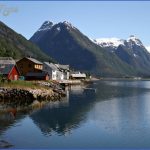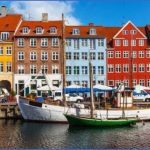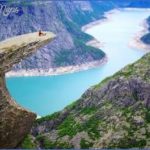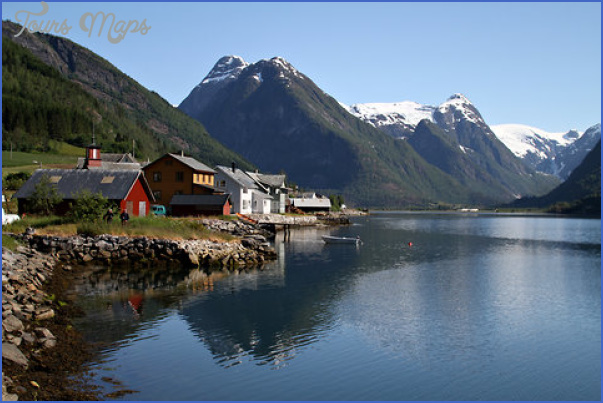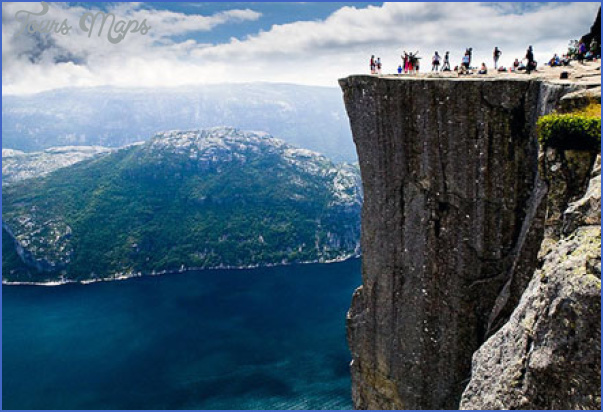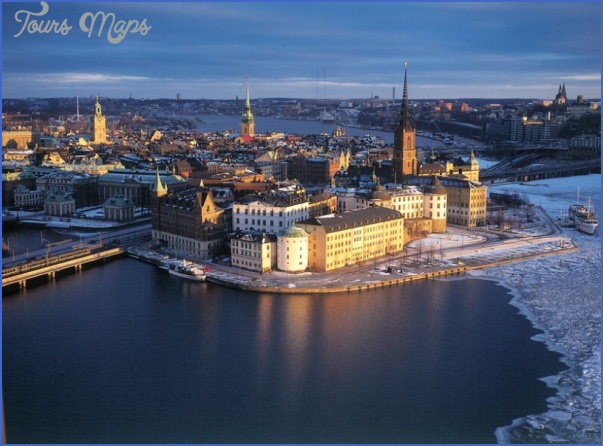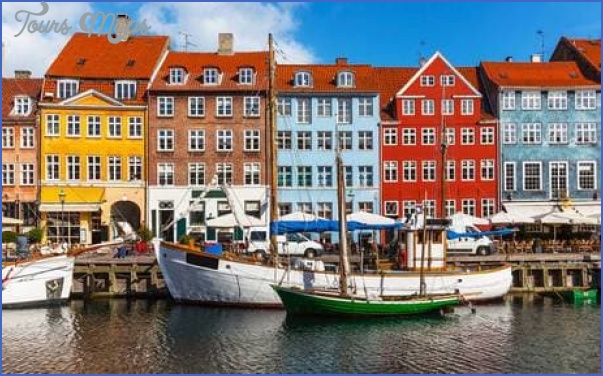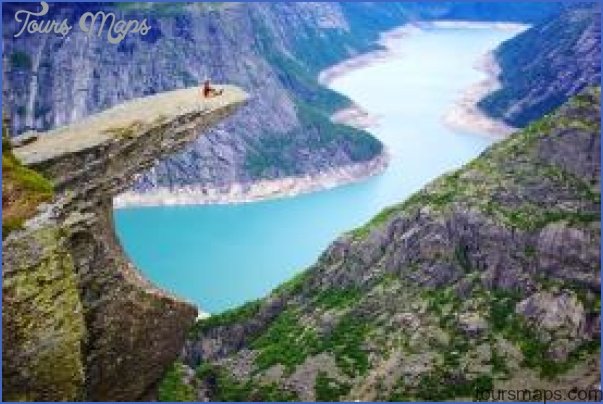In eastern Finland
In Jutland a series of vegetation zones runs from north to south, as in the neighbouring German provinces of Schleswig-Holstein. Along the much indented east coast runs a strip of land formed by ground moraines, with occasional patches of beech forest; then comes a swath of terminal moraines of different periods, which have provided the sandy soil of central Jutland, formerly occupied by large expanses of heathland; and beyond this again is the west coast of Jutland, with its numerous coastal spits and its fringes of dunes, areas of fenland like those of Friesland being confined to the southwestern coast.
A birch-lined footpath in Finland
Animal Life. The animal life of the Scandinavian countries is determined by two climatic and vegetation zones. The forests of the southern parts of Scandinavia are within the Central European temperate zone and are inhabited by much the same species as are or were the forests of Germany (red deer, roedeer, foxes, hares, badgers, etc.). Thanks to the lower population density and to a lesser degree of human intrusion or interference with natural conditions, Scandinavia has preserved a greater variety of species, including animals which in Central Europe have become extinct or been much reduced in numbers.
The rugged cliffs on the Norwegian coast provide-sheltered nesting places not only for countless sea-birds, mainly auks and guillemots, but also for species which have become rare or have died out elsewhere in Europe, such as the whitetailed eagle and the golden eagle both species which breed only in natural conditions. In the coastal waters of
Norway seals and several species of whales are found; and the rivers and lakes, still largely preserved from harmful environmental influences, are well stocked with salmon, trout, carp and perch.
The northern regions, in particular Lapland, belong to the Arctic and Alpine zones. Their’animal life is less numerous but excellently adapted to living in these rigorous conditions. The commonest species is the reindeer, which roams in huge herds over the sparse grazing to be found on the tundra and is of supreme economic importance to the native population asasupplierof milk, meat and skins. Asa result of strict conservation measures there has been a considerable increase in the number of elks. Other species characteristic of these regions are the ptarmigan, the blue hare, the glutton (a furry animal similar to a wolverine), the arctic fox and the lemming, a small vole-like rodent known for its long migrations in which countless numbers die.
Visit to Scandinavia Photo Gallery
Maybe You Like Them Too
- The Best Cities To Visit in The World
- World’s 10 Best Places To Visit
- Coolest Countries in the World to Visit
- Travel to Santorini, Greece
- Map of Barbados – Holiday in Barbados

